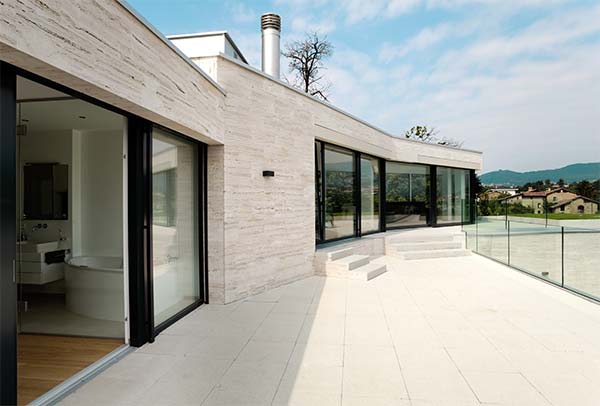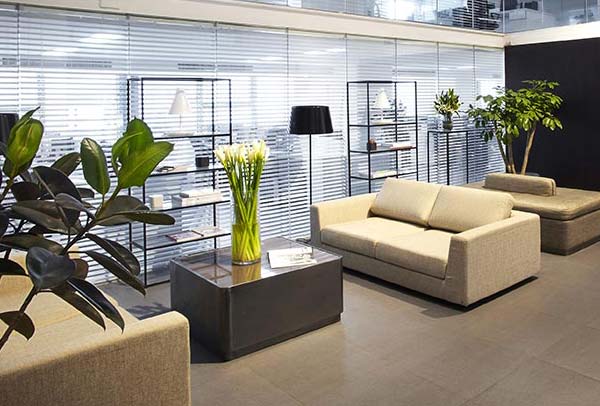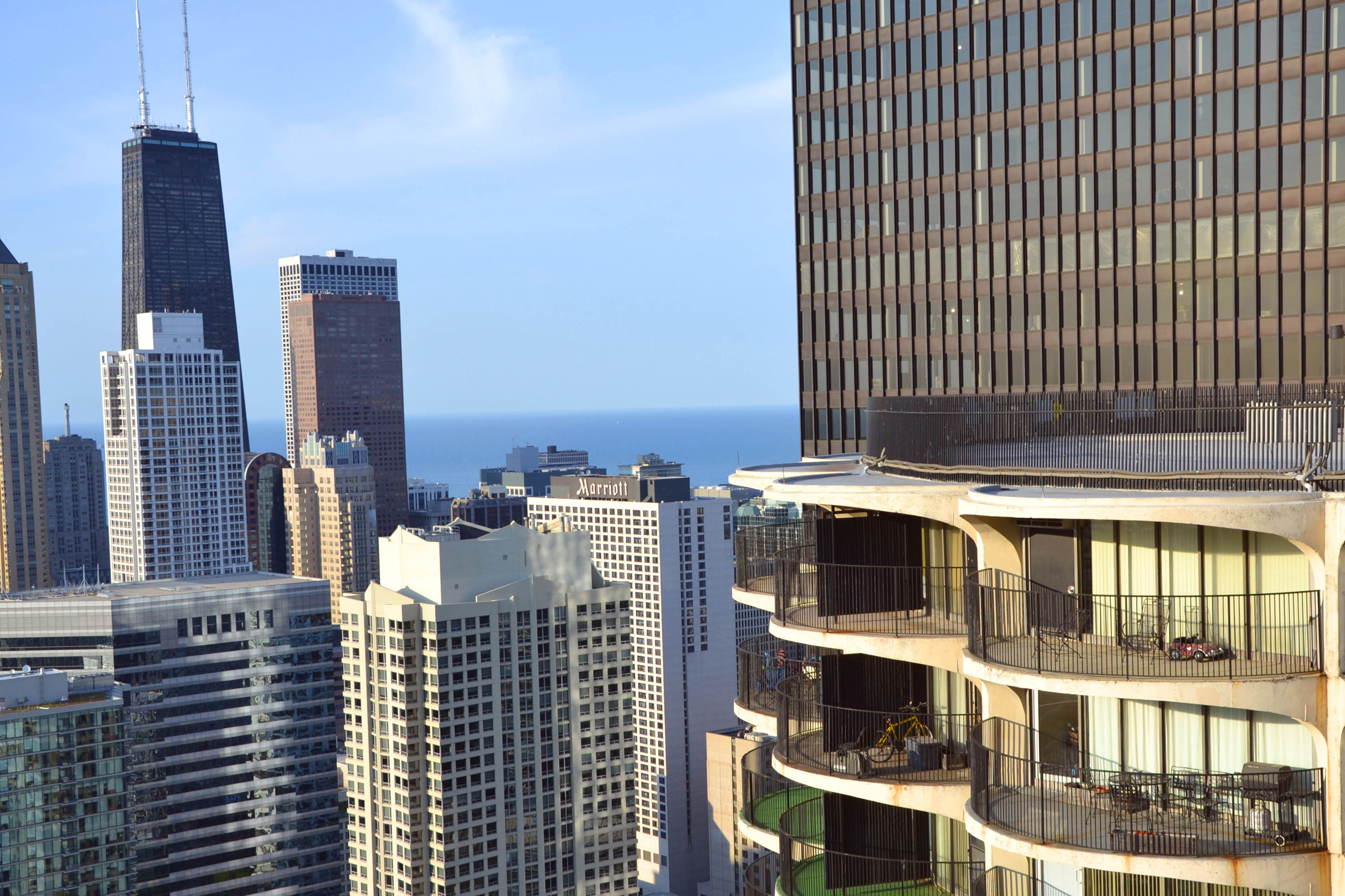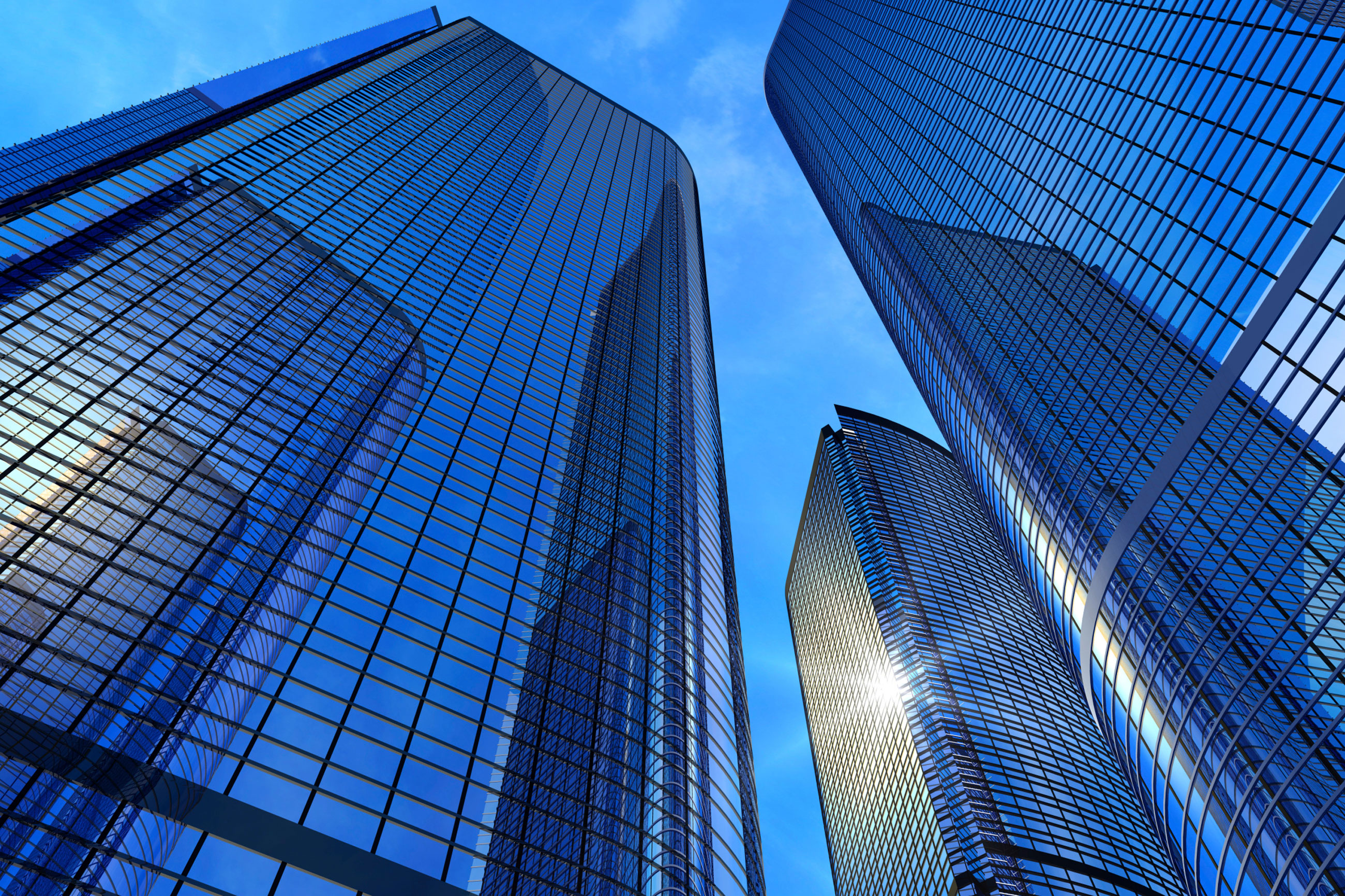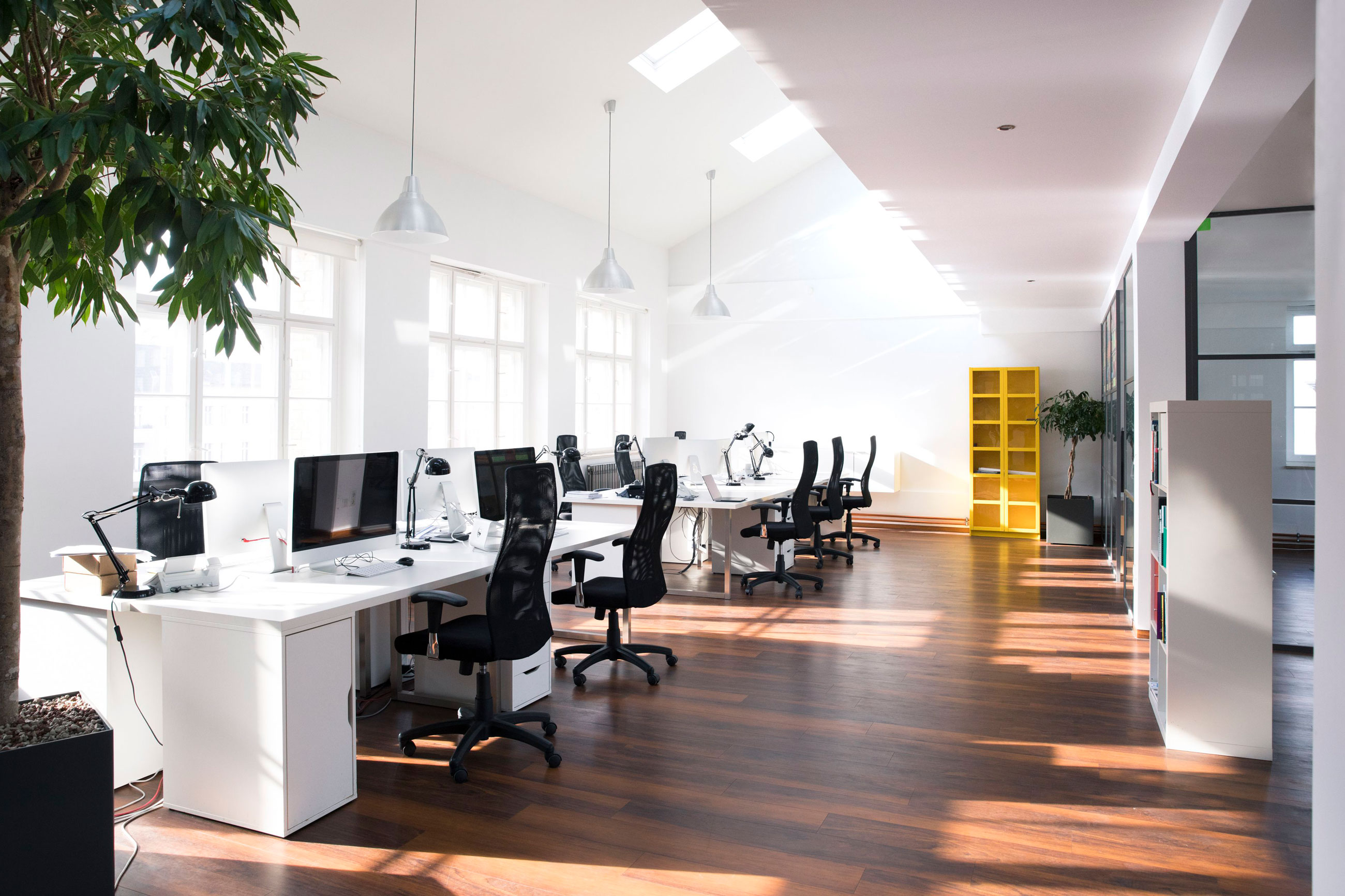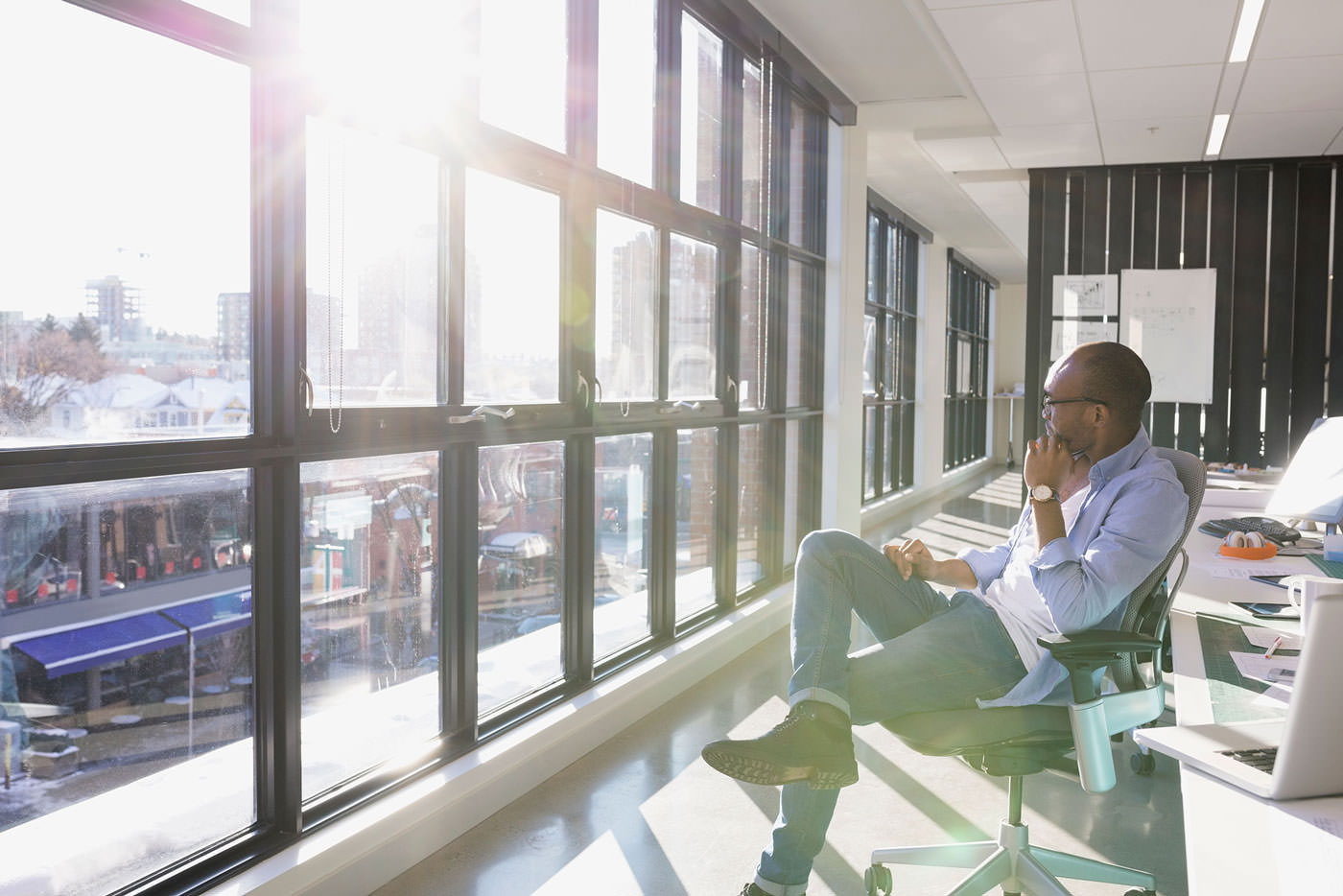
UV Rays and Occupational Risk
Everyone knows to apply sunscreen when heading to the beach, but Ultraviolet radiation can harm us even when we aren’t on a sunny holiday. UV radiation is a known cause of skin aging, eye damage, immune system damage, and skin cancer. People who work outdoors are the most vulnerable to the sun’s harmful rays, but a sheet of untreated glass doesn’t protect those of us who work inside as much as we may think.
The two types of UV radiation to be concerned about are UVA and UVB rays. Overexposure to either type of ray can be harmful, but it is generally understood that the shorter wavelength UVB rays do us more harm. One of the main problems with UV radiation is that the negative effects are only felt after over-exposure; by the time we notice anything and take protective measures, the damage has already been done.
As UV radiation cannot be seen or felt, it is important to take preventative measures against damage. Undoubtedly, the most effective way to keep all of a building’s occupants safe while they are indoors is the installation of window film.
The main factors that affect the strength of UV radiation are:
- Sun elevation: The higher the sun is in the sky, the more intense the radiation that reaches the earth’s surface. The strength of the rays is highest around solar noon during the summer.
- Cloud cover: While clouds do filter out some UV rays, solar radiation can penetrate light cloud cover. Even on cooler days when the sun doesn’t seem as strong, the UV rays can be just as bad as on a cloudless day.
- Altitude: At higher elevations, there is less atmosphere to filter out radiation. This means that more radiation is able to reach us.
- Ground reflection: UV rays can be reflected off any surface that reflects light, such as snow (which can reflect as much as 80%), grass, and the windows of neighboring buildings.
How to manage risks in the workplace:
- Personal protective measures: Simple things like wearing good quality sunglasses and full-length clothing (full pants and shirts with sleeves) can help reduce an individual’s exposure to solar radiation. To protect areas that aren’t generally covered by clothing, such as the face and hands, a high-quality sunscreen is a good idea. Keep in mind that UV protective glasses aren’t always tinted, so it should be possible to find some that are suitable for indoor use.
- Engineering controls: There are simple measures that can be taken to protect occupants of buildings year-round. The simple addition of commercial grade window film will block up to 99% of UVA and UVB radiation from entering your building. In addition to a host of other benefits, including a significant reduction of utility costs, increased comfort, and higher productivity, high-quality window film will keep the occupants of a building safe from the sun’s harmful rays, as well as protecting their eyes from glare.
- Training: Informing workers about the importance of protecting themselves from UV radiation is a key step to workplace safety. Many people are unaware of how vulnerable they are while indoors, and understanding the risk is the first step to successful preventative measures.
As UV radiation cannot be seen or felt, it is important to take preventative measures against damage. Undoubtedly, the most effective way to keep all of a building’s occupants safe while they are indoors is the installation of window film. If you have any questions about what type of window film might be right for your building, don’t hesitate to reach out.

